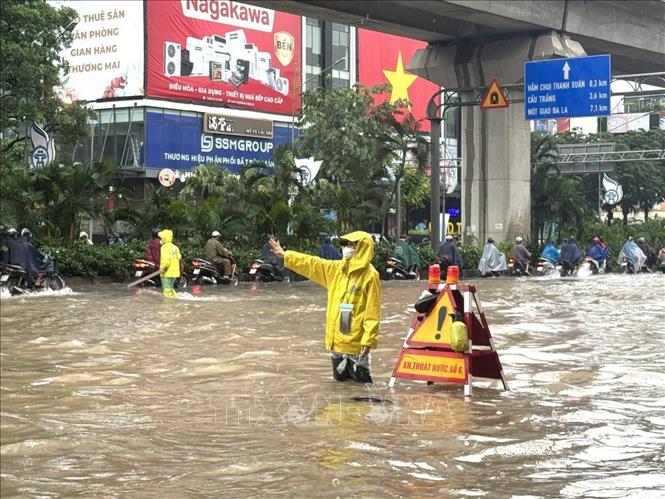
This is a topic of concern to management agencies, experts and public opinion, especially when flooding has caused damage in large cities, including the capital Hanoi, during the recent storms.
Director of the Department of Construction Infrastructure Ta Quang Vinh said that due to climate change and extreme weather, severe flooding in urban areas in many provinces and cities has continuously occurred, greatly affecting traffic, production, people's lives..., causing significant economic damage; including Hanoi City, some northern provinces, and the Central region.
In addition to the objective causes of climate change, Director Ta Quang Vinh also pointed out that there are also subjective causes. That is because the urbanization rate in Vietnam continues to take place strongly, so the technical infrastructure system in general and the drainage system in particular of urban areas across the country cannot keep up, especially the rainwater drainage system, the system of collecting and treating domestic wastewater of the people.
According to Mr. Vinh, the coverage density of the urban drainage network is quite high: the coverage density in urban areas is about 90%, in non-urban areas it is about 50-60%, but the ratio of drainage pipes per capita in some large cities is still low compared to other cities in the world . The drainage network is still patchy and lacks uniformity, so the drainage capacity of the drainage system is still limited, not adaptable to high intensity rainfall and unusual flood situations and climate change.
At the same time, the rate of domestic wastewater collected and treated to meet environmental discharge standards is currently only 18% of the total amount of wastewater discharged. As of June 2025, nationwide, there are 83 urban wastewater treatment plants operating in more than 50 urban areas, with a total design capacity of 2.064 million m3/day, actual capacity of about 1.1 million m3/day. However, many wastewater treatment plants in urban areas are not operating at full design capacity. The connection rate of households to the centralized drainage system is not high.
Along with that, the reasons are that the establishment and implementation of investment projects according to approved drainage planning are still limited; the information system and database on the current status of drainage and wastewater treatment systems are incomplete; difficulties related to drainage service prices in many localities; the need for investment in developing wastewater collection and treatment systems is large and increasing day by day...
Mr. Tran Quoc Khanh - Standing Member of the Prime Minister's Policy Advisory Council, former Deputy Minister of Industry and Trade commented that the frequency of flooding is currently increasing, just a moderate amount of rain can cause flooding everywhere. In Hanoi, there are areas that have never been flooded in the past but are now submerged in water like the Diplomatic Corps area. Previously, many places were flooded but the water also receded quite quickly. However, in recent storms, many families were "locked" in their houses for several days because the water receded very slowly.
“Flooding is clearly identified as a drawback of the urbanization process. Meanwhile, the guiding principle is not to sacrifice the environment for economic development, but the reality of increasingly serious flooding in urban areas is the opposite. This hinders sustainable growth. Therefore, in dealing with flooding, we must respond to natural disasters, and we need to understand the causes to find appropriate solutions, especially in the capital Hanoi,” Mr. Khanh analyzed.
Head of the Water Supply and Drainage Department (Hanoi Department of Construction) Le Van Du shared that the Hanoi Capital Drainage Planning to 2030, with a vision to 2050, approved by the Prime Minister in 2013, was calculated with rainfall of 310 mm/2 days and higher than 200 mm/day, with a 10-year recurrence cycle. Meanwhile, the Hanoi General Planning has been adjusted many times, but the Drainage Planning remains "still".
From August 25 to October 8, widespread flooding occurred in Hanoi due to the influence of the circulation of three storms (numbers 5, 10, and 11) with the general trend being heavy, continuous rain over a wide area. The average rainfall was from over 200-400 mm/2 days, in some places up to 500-600 mm/2 days - exceeding nearly 200% of the system's capacity.
According to Mr. Du, there are 7 causes of flooding in the capital: heavy rainfall exceeding the drainage capacity of the system; rising water level of Nhue River - one of the main drainage sources of Hanoi; overloaded agricultural drainage works; unsynchronized investment in the drainage system; unsynchronized implementation of the planned reservoir system; unsynchronized drainage system in some new urban areas; urban development along national and provincial highways.
"Proposing" solutions to prevent urban flooding, the representative of the Vietnam Institute of Water Resources said that it is necessary to manage drainage by basin such as reducing surface flow (increasing infiltration capacity, storing water at the source); slowing down the flow (regulating lakes, open canals) and increasing drainage capacity downstream. In particular, there needs to be a comprehensive solution for the Red River basin, for Hanoi and surrounding areas.
Along with implementing approved planning solutions, it is necessary to allocate capital and resources that have been initially invested for comprehensive solutions (reservoirs, dikes, etc.). The Government should soon issue regulations and decrees on urban drainage management by basin to avoid conflicts and overlaps in management and coordination, etc.; build an inter-sectoral and inter-provincial coordination mechanism; review and supplement standards on urban technical infrastructure, requiring new urban areas to have solutions for storing water at the source; build a national database on drainage and flooding; promote green infrastructure solutions and sustainable drainage, etc.
Prof. Dr. Nguyen Viet Anh - University of Construction - Vice President of Vietnam Water Supply and Drainage Association proposed that in stormwater drainage, climate change and sponge city solutions should be taken into account; in which, attention should be paid to issuing technical guidelines, including design standards, regulations and large-scale pilot implementation.
At the same time, regarding rainwater collection, new constructions with an area of 1,000 m2 or more need to have rainwater tanks and this must become a mandatory regulation. Drainage plans also need to be reviewed and adjusted, taking into account climate change. Drainage planning projects need to improve quality and use powerful simulation and forecasting tools. Meteorological data used in the construction industry needs to be synchronized, unified, and have a sharing mechanism...
In addition, new urban areas must check the possibility of flooding and this is a mandatory content in the appraisal of environmental impact assessment reports; review the process of granting construction permits; and agree on connection to drainage infrastructure.
Along with hydraulic-hydrological simulation tools, digital transformation solutions also need to be institutionalized (unit prices, norms, design fee calculation, appraisal, software, data...). At the same time, research and develop urban development policies based on water - similar to ToD, mobilize social resources and increase revenue for drainage (from increased real estate prices in the renovated area).
The draft Law on Water Supply and Drainage also needs to carefully review the content of flood control (currently not enough). In addition, city authorities need to prioritize the implementation of drainage projects, wastewater treatment, flood control according to planning, apply digital transformation and new technology. On the business side, Urban Drainage Companies need to strengthen their capacity, ensure connectivity, and evaluate results based on service quality - Mr. Viet Anh suggested.
Source: https://baotintuc.vn/kinh-te/ngap-ung-do-thi-he-qua-cua-phat-trien-nong-va-quy-hoach-chap-va-20251029113411266.htm


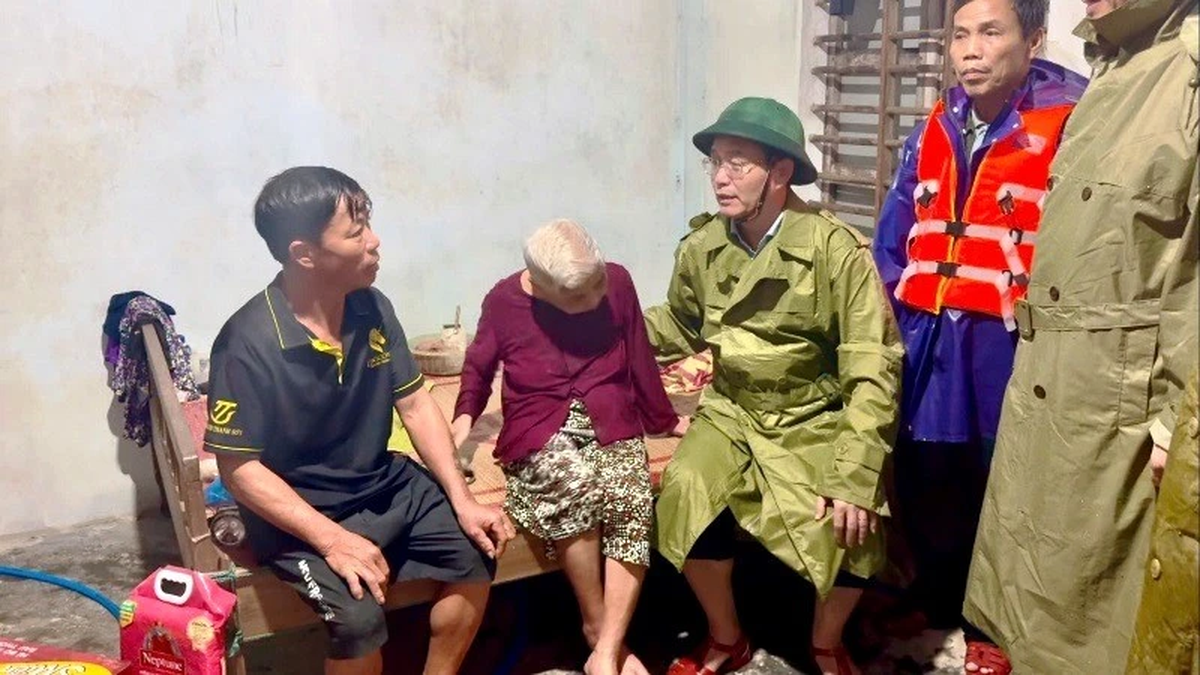
![[Photo] Flooding on the right side of the gate, entrance to Hue Citadel](https://vphoto.vietnam.vn/thumb/1200x675/vietnam/resource/IMAGE/2025/10/28/1761660788143_ndo_br_gen-h-z7165069467254-74c71c36d0cb396744b678cec80552f0-2-jpg.webp)
![[Photo] Hue: Inside the kitchen that donates thousands of meals a day to people in flooded areas](https://vphoto.vietnam.vn/thumb/1200x675/vietnam/resource/IMAGE/2025/10/29/1761738508516_bepcomhue-jpg.webp)
![[Photo] Prime Minister Pham Minh Chinh chaired a meeting to discuss solutions to overcome the consequences of floods in the central provinces.](https://vphoto.vietnam.vn/thumb/1200x675/vietnam/resource/IMAGE/2025/10/29/1761716305524_dsc-7735-jpg.webp)
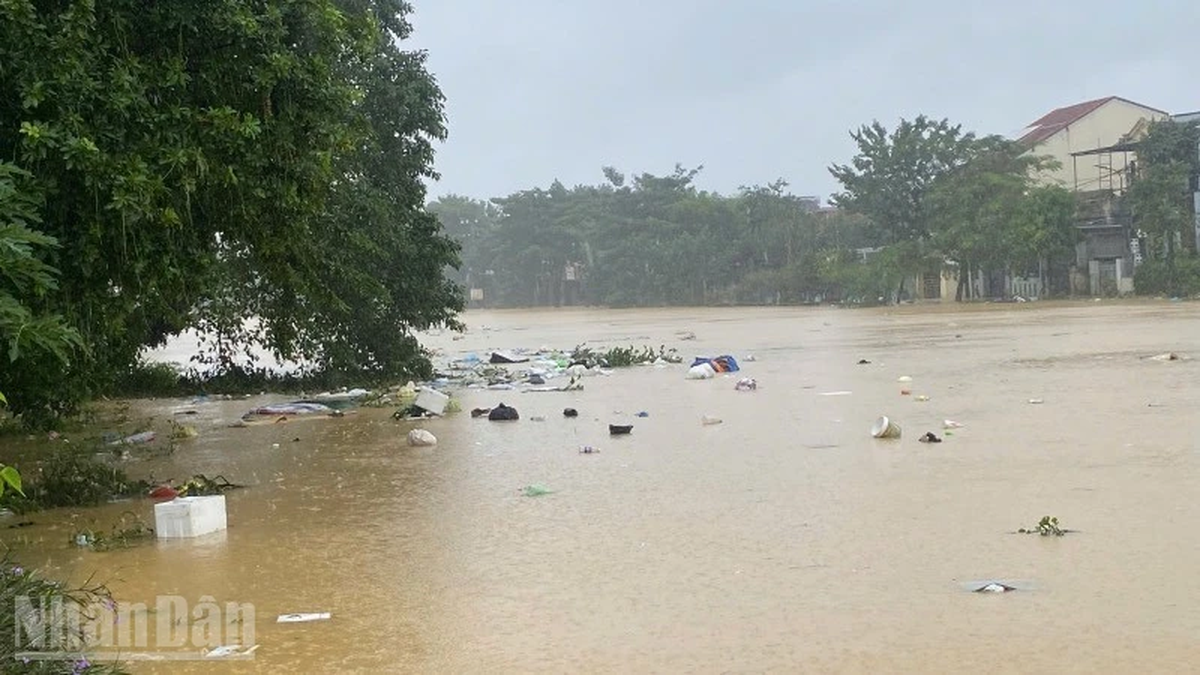

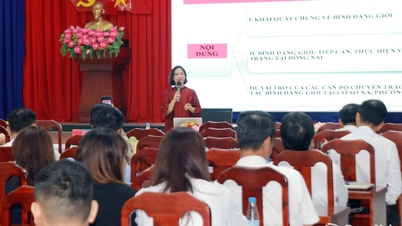

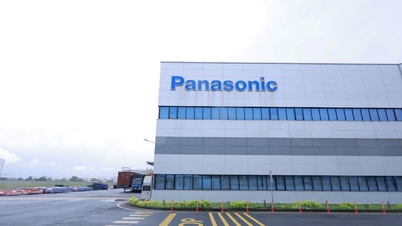

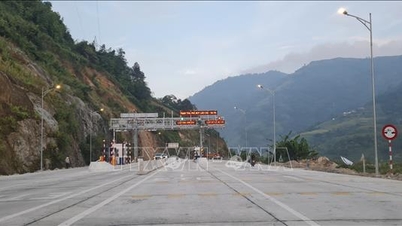


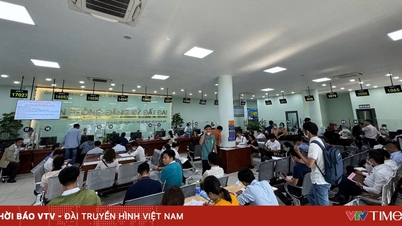

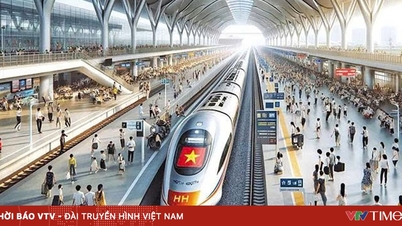
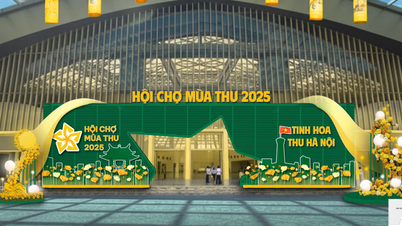












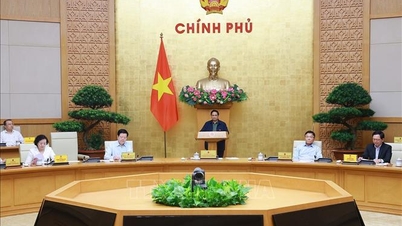
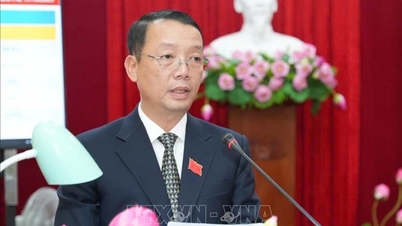
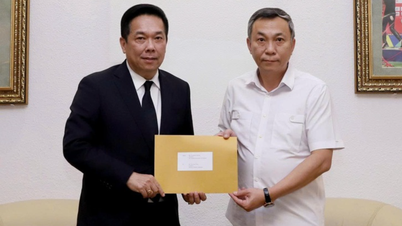





































![[Infographic] Vietnam's socio-economic situation in 5 years 2021-2025: Impressive numbers](https://vphoto.vietnam.vn/thumb/402x226/vietnam/resource/IMAGE/2025/10/29/1761730747150_anh-man-hinh-2025-10-29-luc-16-38-55.png)


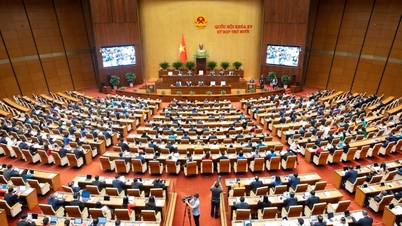

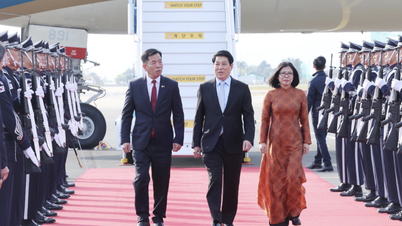

![[Live] Concert Ha Long 2025: "Heritage Spirit - Brightening the Future"](https://vphoto.vietnam.vn/thumb/402x226/vietnam/resource/IMAGE/2025/10/29/1761743605124_g-anh-sang-am-thanh-hoanh-trang-cua-chuong-trinh-mang-den-trai-nghiem-dang-nho-cho-du-khach-22450328-17617424836781829598445-93-0-733-1024-crop-1761742492749383512980.jpeg)


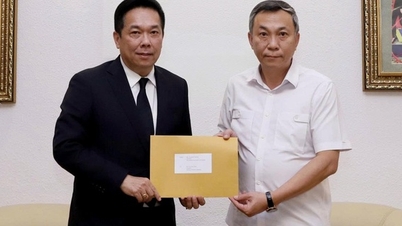

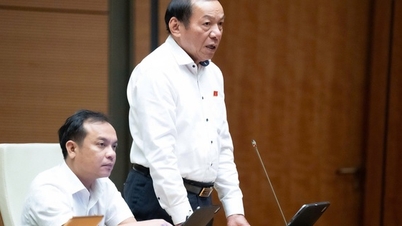
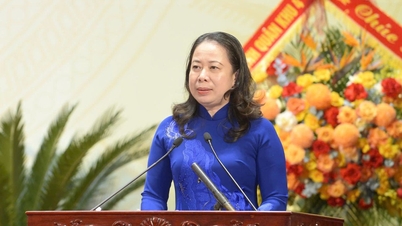

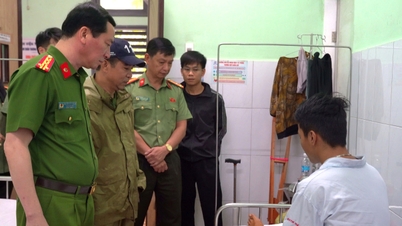


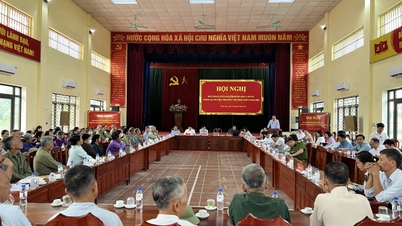

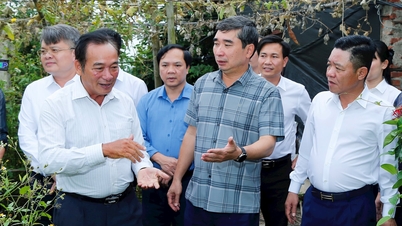

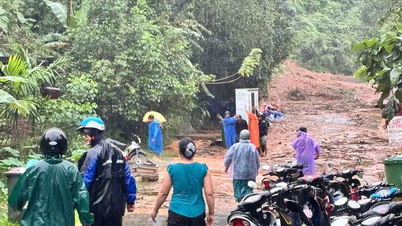














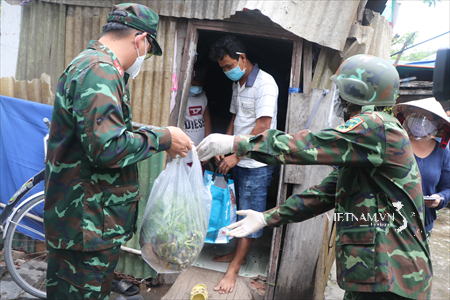



Comment (0)